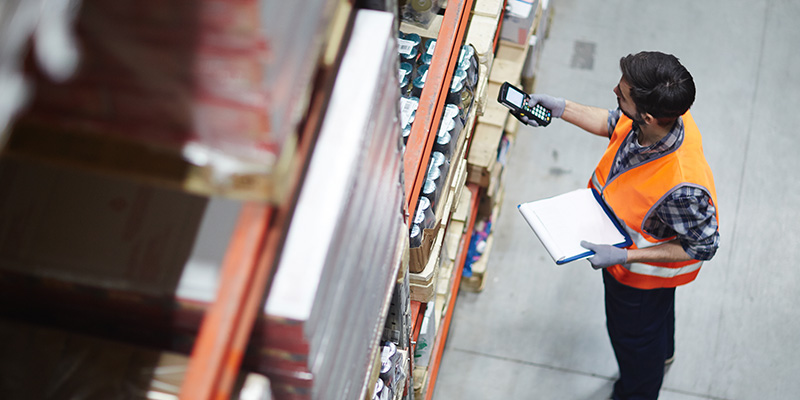
5 Must-Have B2B eCommerce Features for 2023
In the past few years, B2B companies across industries have been adopting eCommerce as the main channel for selling products. B2B eCommerce alone accounts for $1 Trillion in sales today and continues to grow. According to Statista, Millennials now make up over 60% of the B2B buyer demographic, making them the single largest demographic of B2B buyers today. But what does this mean for you, the B2B seller?
As buyers grow more accustomed to better customer experiences provided by top eCommerce platforms, there are a growing number of features this new generation of buyers has come to demand from their suppliers. In order to grow your sales pipeline, retain, and attract these buyers you should seriously consider these 5 must-have B2B eCommerce features.
B2B eCommerce Features Your Store Needs
1. Advanced Site Search

Advanced on-site search is crucial for making sure your customers can find exactly the products they need quickly and easily. Typically, B2B products have a lot of specific parameters, (weight, length, height, size, shape, etc.), making searches easy by allowing customers to search by these parameters or SKU numbers.
“We’ve seen the conversion rate of users who search be 6-8x that of visitors that don’t use search,” says Redstage CEO Adam Morris. “Utilizing search shows intent and having a powerful search is crucial to capturing high converting customers. If a user can’t find the exact product they’re looking for due to slow, out-of-the-box, and not customized for market searches, you will lose the sale.”
A powerful advanced on-site search can make all the difference. Smart search features reduce the likelihood of expensive returns, refunds, and abandoned carts. In Klevu’s recent report, they found that 50% of B2B buyers identify improved personalization as a key factor when searching for online suppliers with whom to build business relationships. Furthermore, 48% of consumers spend more when they receive personalized experiences. Because of this, it’s critical to provide the best search experience possible. Don’t let a sub-part search experience keep you from unlocking guaranteed sales. See the rest of the report here.
“We’ve seen the conversion rate of users who search be 6-8x that of visitors that don’t use search” – Redstage CEO Adam Morris
2. Custom Product Filters
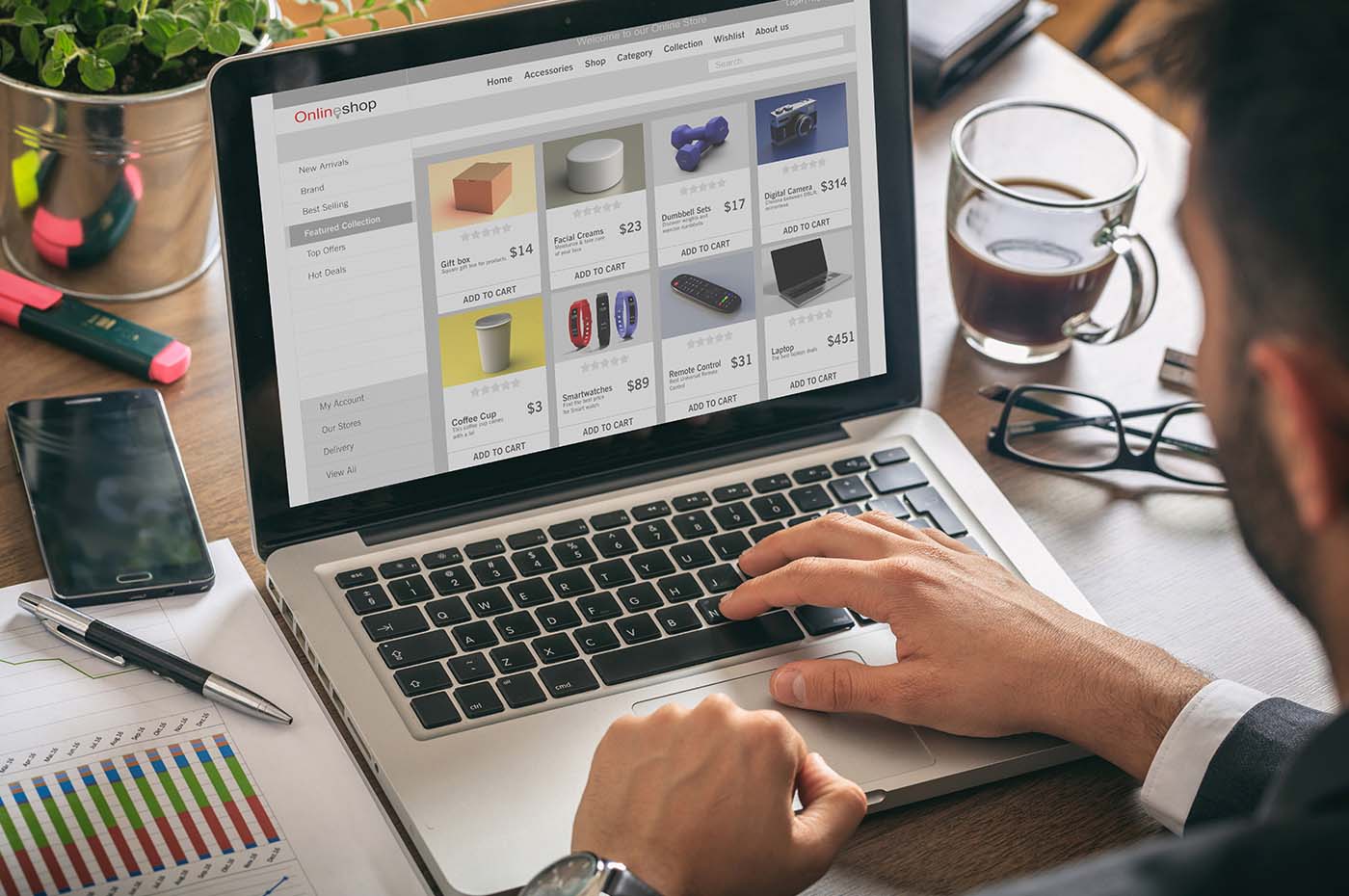
Giving your customers the ability to filter by different product parameters allows them to quickly find what they’re looking for on the category page. Custom product filters allow merchants to display more information about a product’s qualities or attributes and allow customers to more easily refine product searches.
AI-driven dynamic filters on your category pages can automatically display the most relevant attributes to customers, making the buying process even easier. Adding images in product filters can make the process even faster and remove another chunk of friction from the process.
One of our Redstage’s platform expert Solution Engineers, Benjamin Shapiro, had this to say, “If evaluating an eCommerce system, consider what options are available for custom product filters. Does the platform natively support this? Does the native search work well with custom filters? Are there third-party options available? Choose a system that meets your unique requirements or that can be built to suit if required.”
These can make all the difference between your customers finding the exact product they need or abandoning your site for a competitor.
3. Customer Segmentation Groups and Profiles

Segmenting different buyers into customer groups allows you to create profiles for certain kinds of buyers. This allows you to ensure different customers get the right pricing and see the products most relevant to them. It also enables you to utilize upselling and recommendations to increase average order value (AOV). Keeping your customer groups in mind when setting up site search and custom filters is key to helping the right customers see the right filters and results.
Using segmentation, separate customers into categories by company size, company needs, and industry. This can help you provide another layer of personalization and more value to different kinds of customers. A report done by Notify Visitors found that 80% of consumers do business with brands that customize their experience to them. They also found that segmentation makes firms 60% more likely to understand customers’ challenges and concerns and 130% more likely to know their intentions. This makes selling the right products to the right customers exponentially easier.
“Successful B2B eCommerce includes considering customers individually and as groups,” says Shapiro. “Consider setting aside time to evaluate your current Customer Group/Segmentation strategy and review the data of both customer groups and individual customers. Segmenting your customers is an opportunity to drive additional revenue through your eCommerce platform and provide your marketing team with valuable insight into customer behavior.”
4. Advanced Shipping Options

Some B2B buyers want fast shipping, even if it’s not cheap. At the same time, others want shipping to be as cost-effective as possible, no matter how long it may take. Keeping your new customer segments in mind, B2B sellers must provide advanced shipping options for all their buyers and serve their individual needs. Many B2B companies have complex shipping needs, like delivery to multiple locations or drop-shipping from different warehouses to keep inventory down.
Utilizing fulfillment software, such as ShipperHQ, can increase productivity and decrease headaches and hiccups. The right shipping software can help build a shipping strategy that aligns with your business goals and these customer demands. Provide automatic checkout that considers what they’re ordering, how frequently, and how much volume every time to increase reorder rates. And, provide order tracking and tailored shipping rates to customers with discounts and other arrangements automatically, all within one system.
5. Product Information Management software
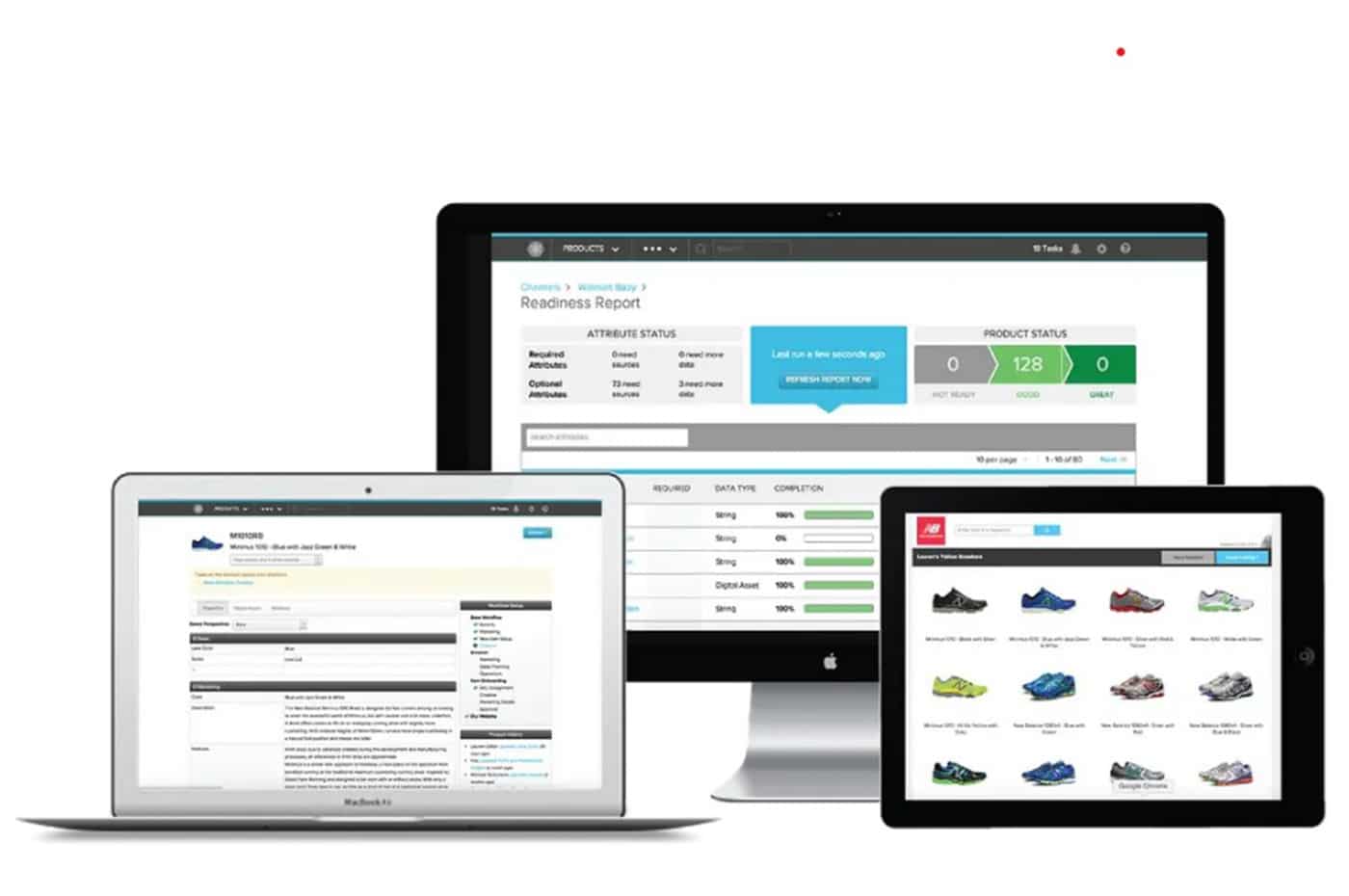
Due to complex product catalogs and new buyer habits, it can be difficult for online merchants to keep product information updated and consistent across multiple selling channels or sites. Think about how complex information gets across Amazon listings, Walmart, local retailers, and DTC channels. A product information management solution (PIM) can help. These solutions provide a single dashboard to collect, manage, and enrich your product information.
PIMs save you money by lowering product enrichment costs by up to 5x. They can also reduce returns by as much as 40%, and increase conversion rate by more than 400%, according to Akeneo. Imagine what you could do by empowering your team with a PIM, allowing them to update or change product info in one place and automatically update it wherever it appears on the web. The ability to update product attributes on the fly will only strengthen the power of custom filters and your advanced search. Altogether, these features can pack a punch and give you a serious edge over the competition.
Why You Need To Implement Now
B2B distributor The Binding Source saw huge gains after optimizing their B2B buying experience with the features mentioned above. They implemented strong custom product filters on their category pages, integrated ShipperHQ for advanced shipping options and optimizing fulfillment, and built customer profiles and groups to segment buyers for custom pricing and product rules. The result? Within 1 month of launching these new features, The Binding Source conversion rate skyrocket 170%, and saw transactions grow 33%!
These B2B features aren’t simply “nice to have,” they’re must-haves. The stats speak for themselves. If your B2B eCommerce site doesn’t have all the features the new generation of buyers are expecting, they’ll find a competitor of yours that does. Contact Redstage to implement one or more of these features today!
Get the latest eCommerce news, trends, and tips directly in your inbox by subscribing to our newsletter here, and follow us on Twitter, Linkedin, and Instagram.








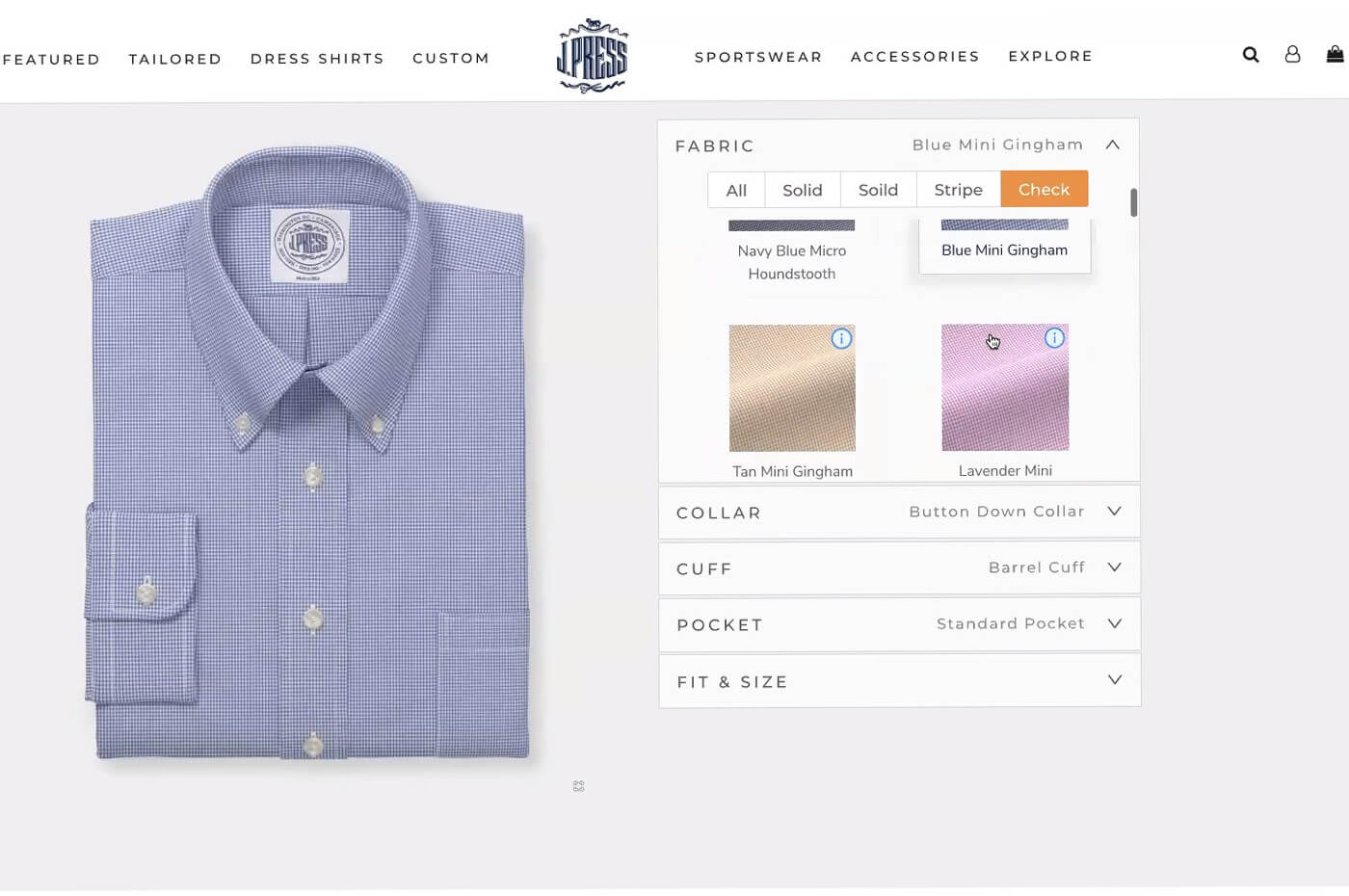

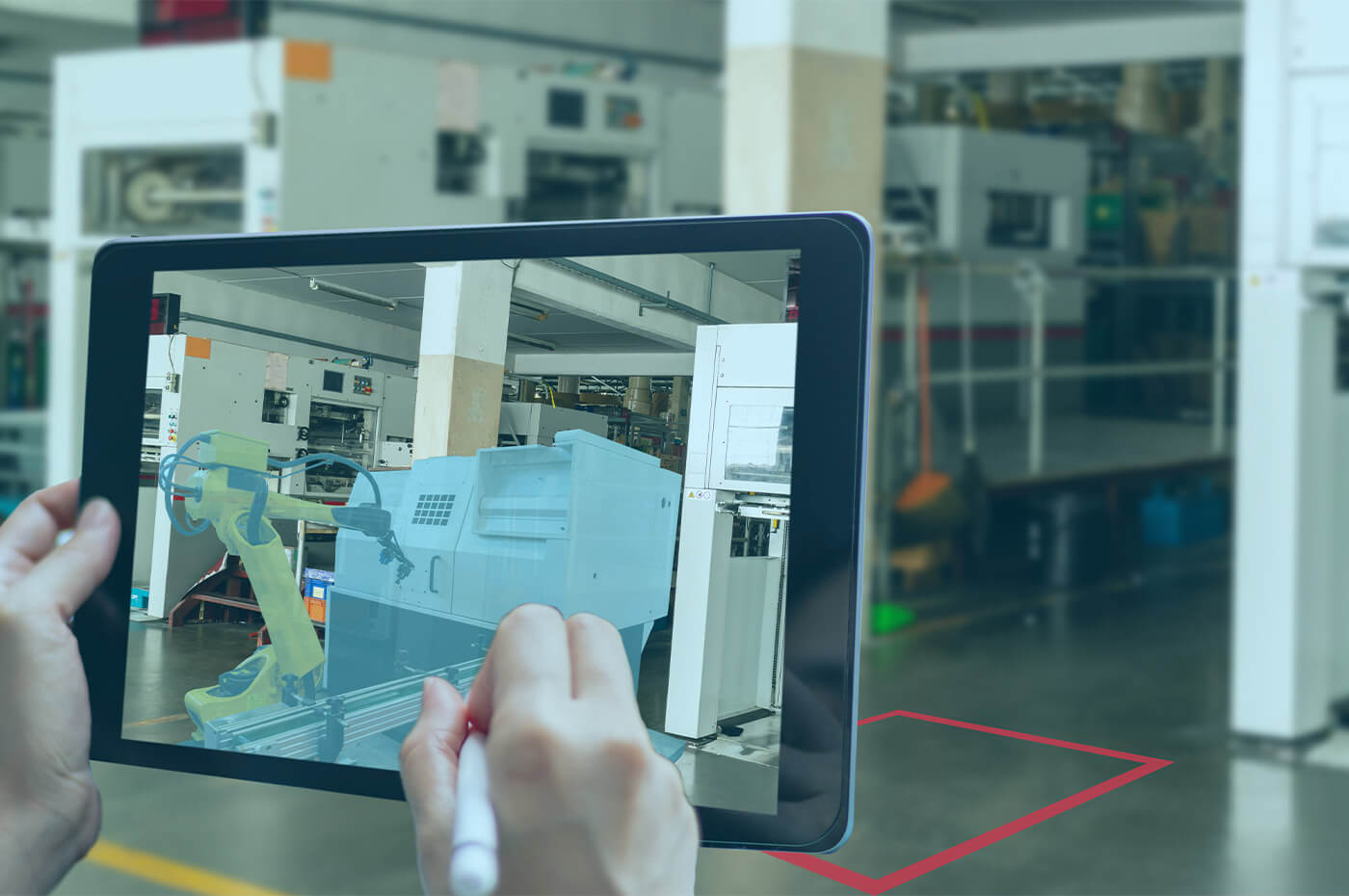

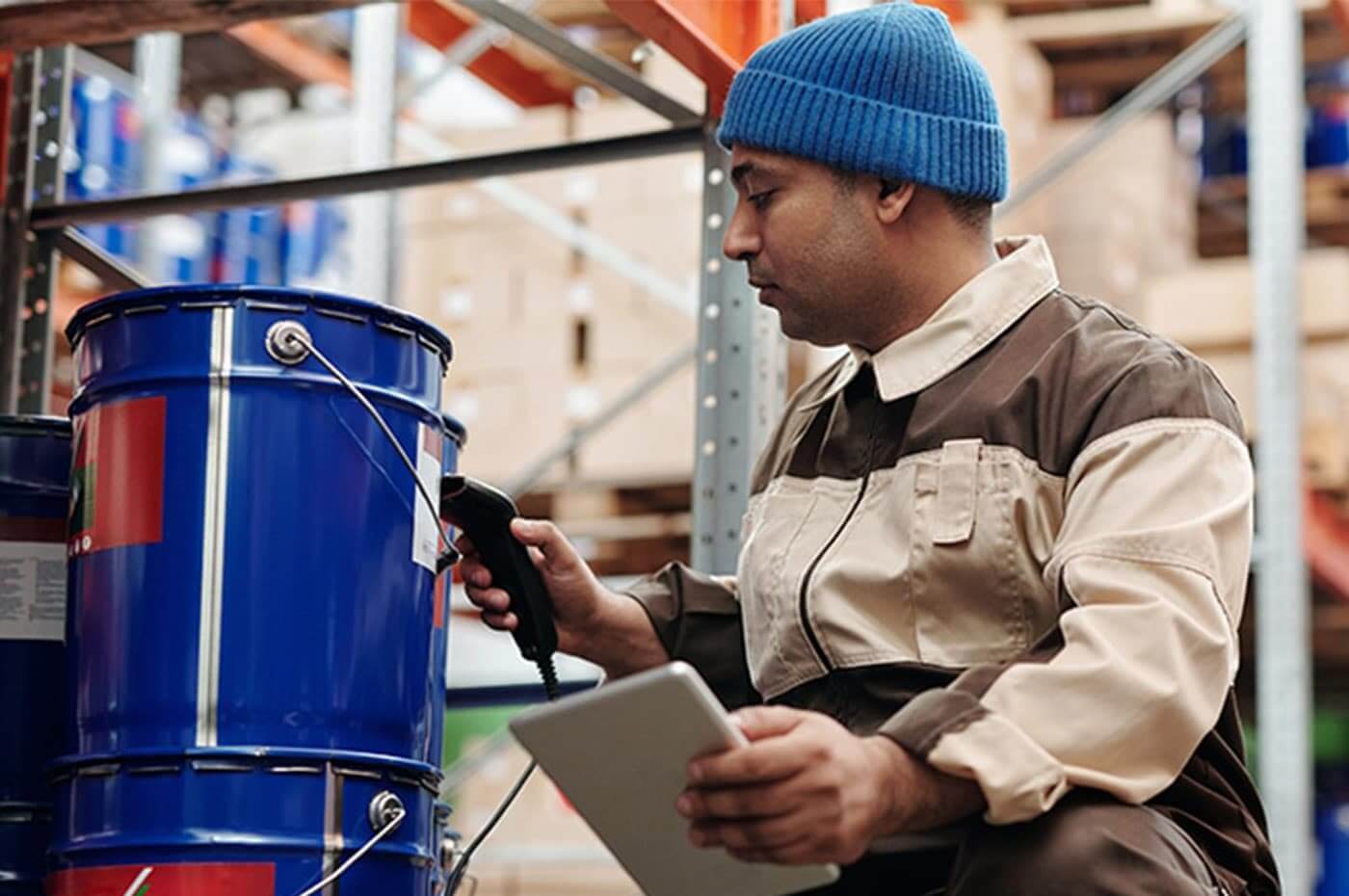
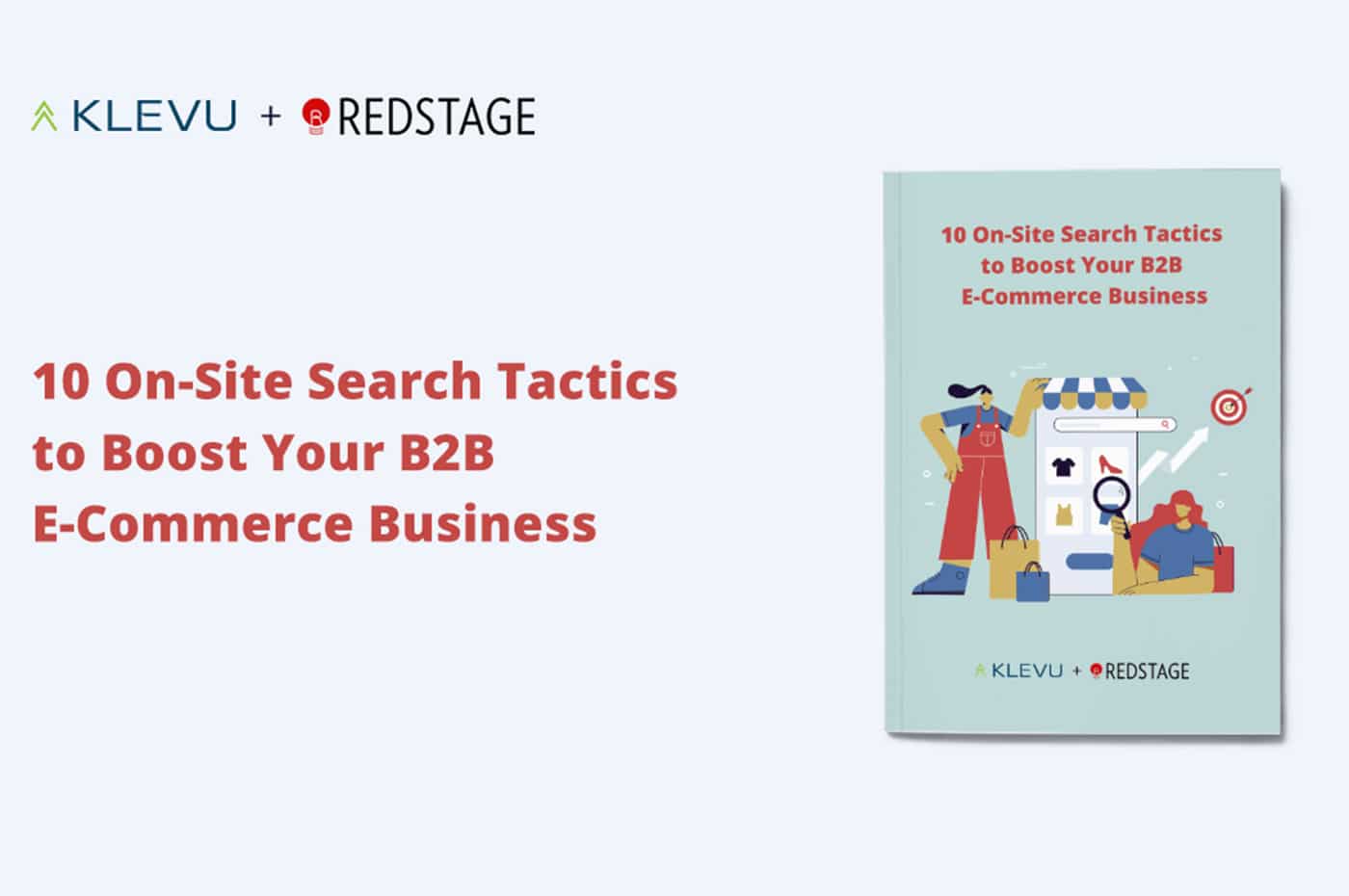
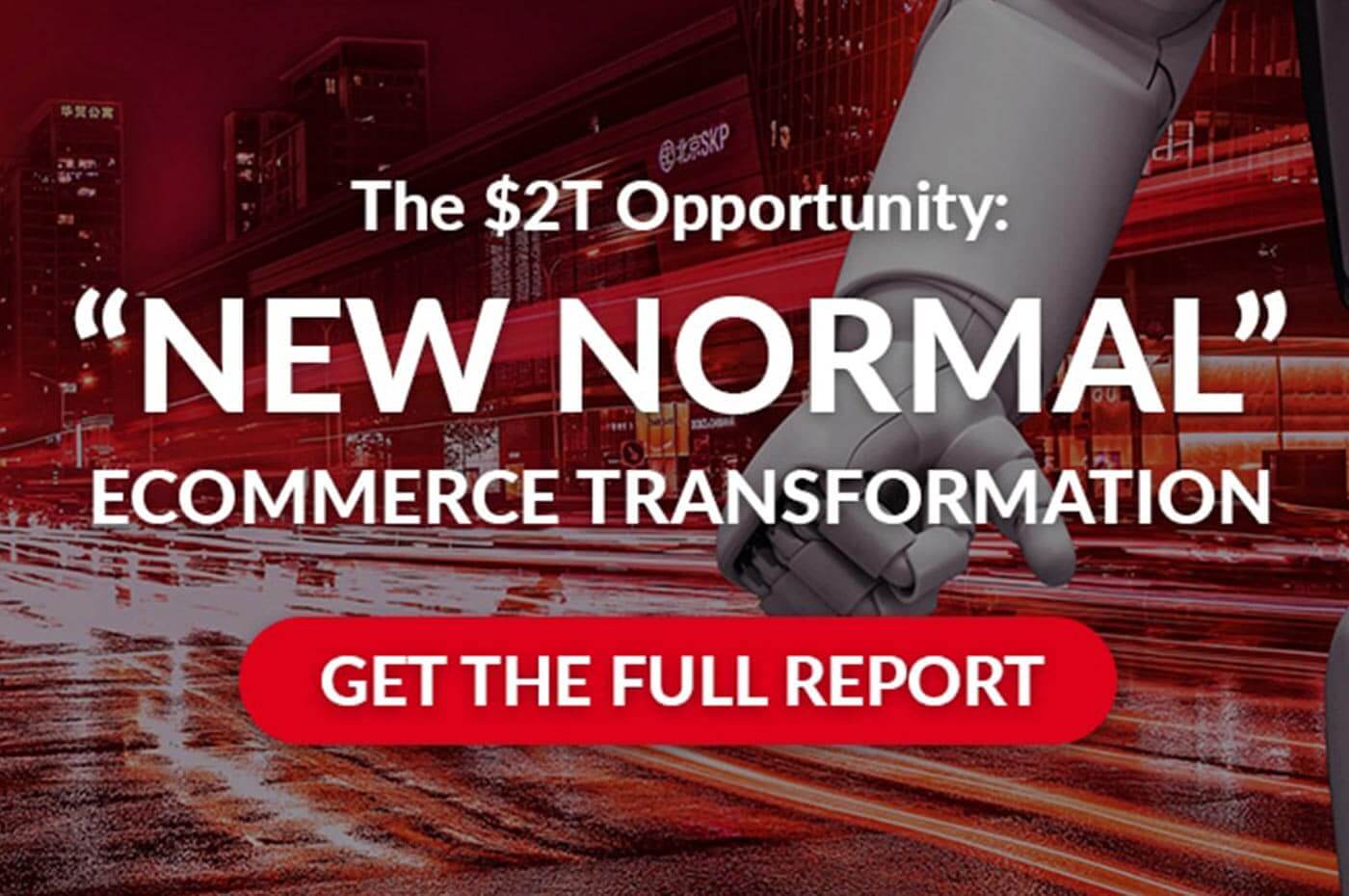
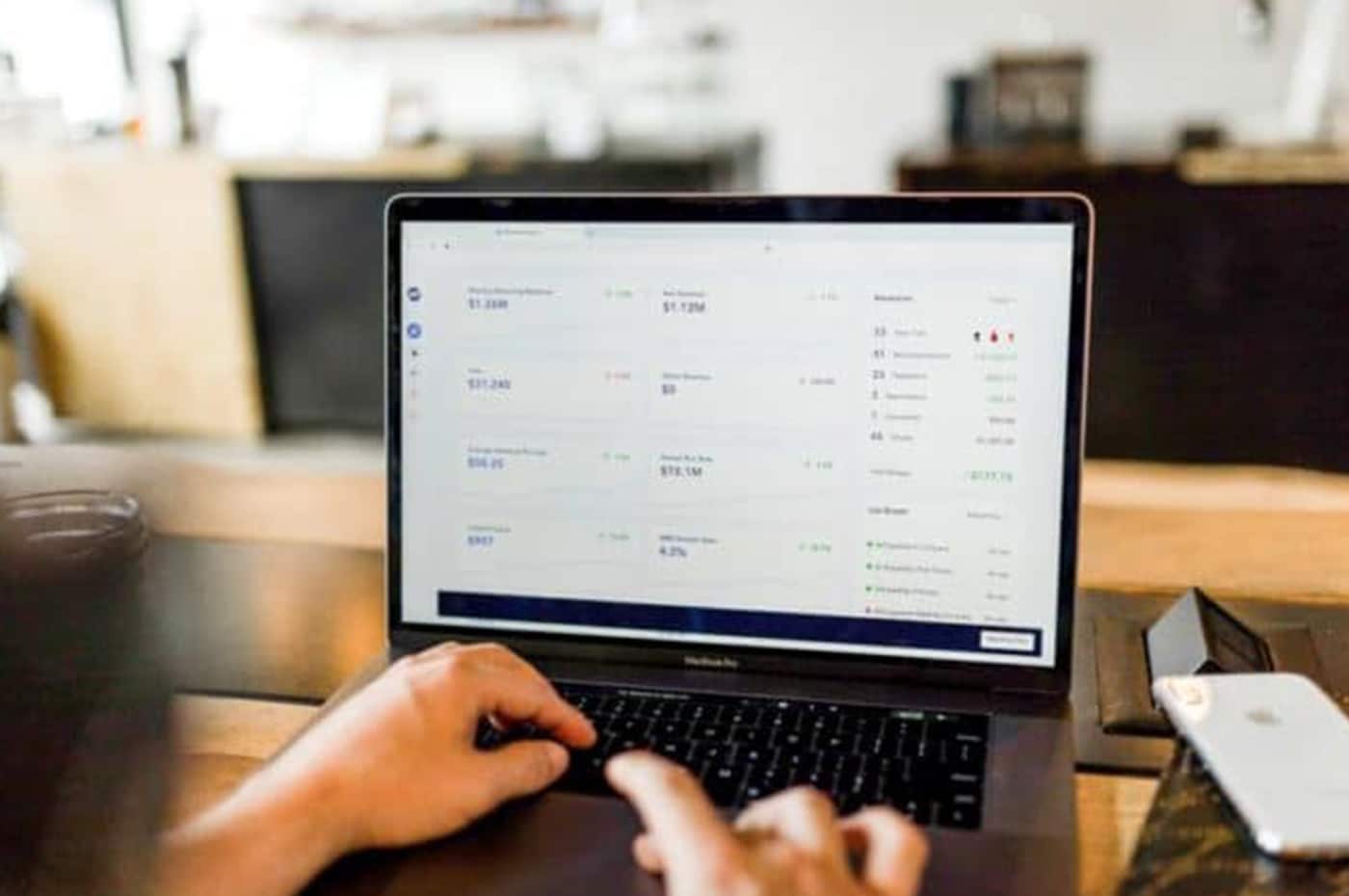


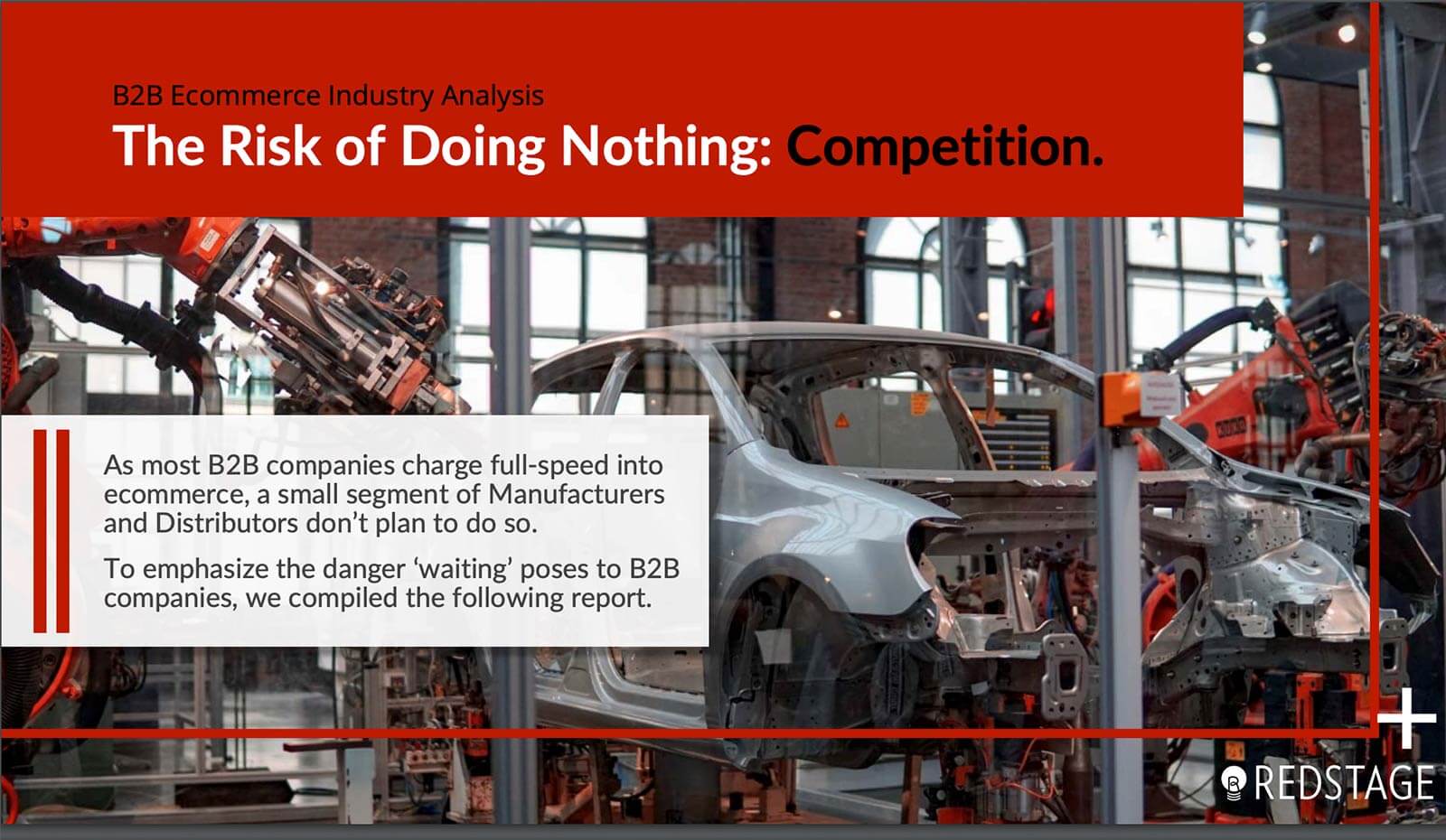
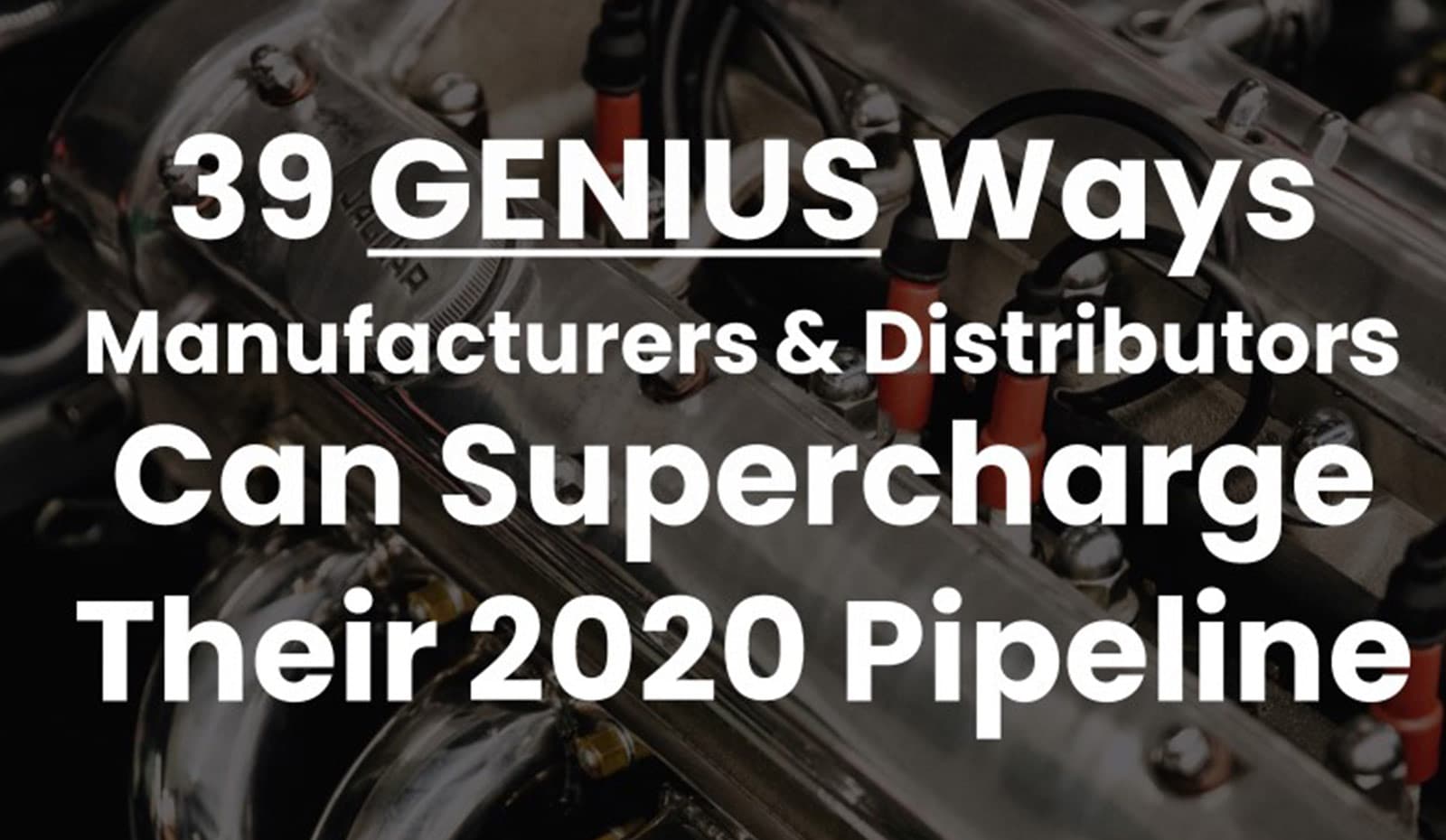


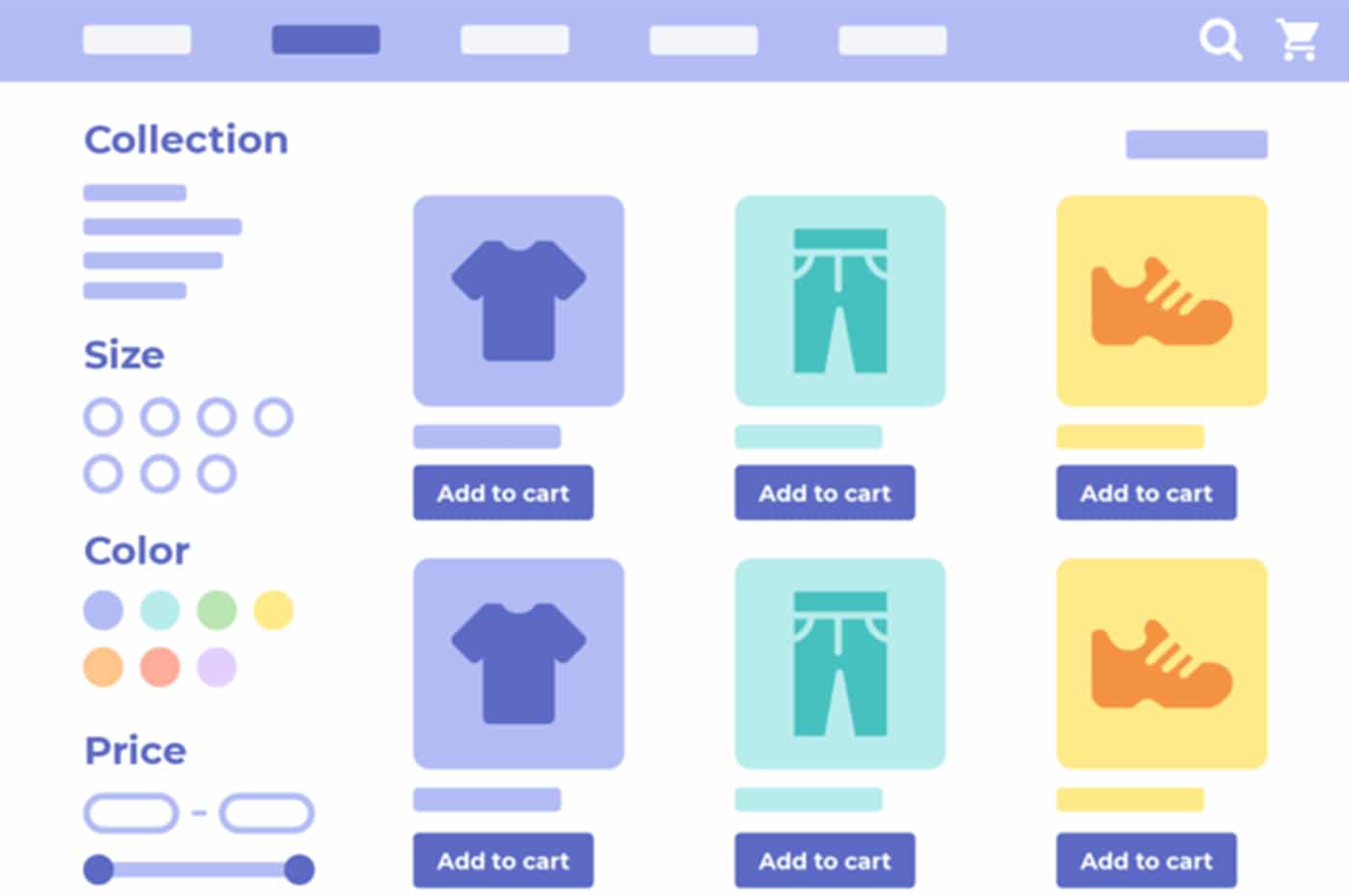
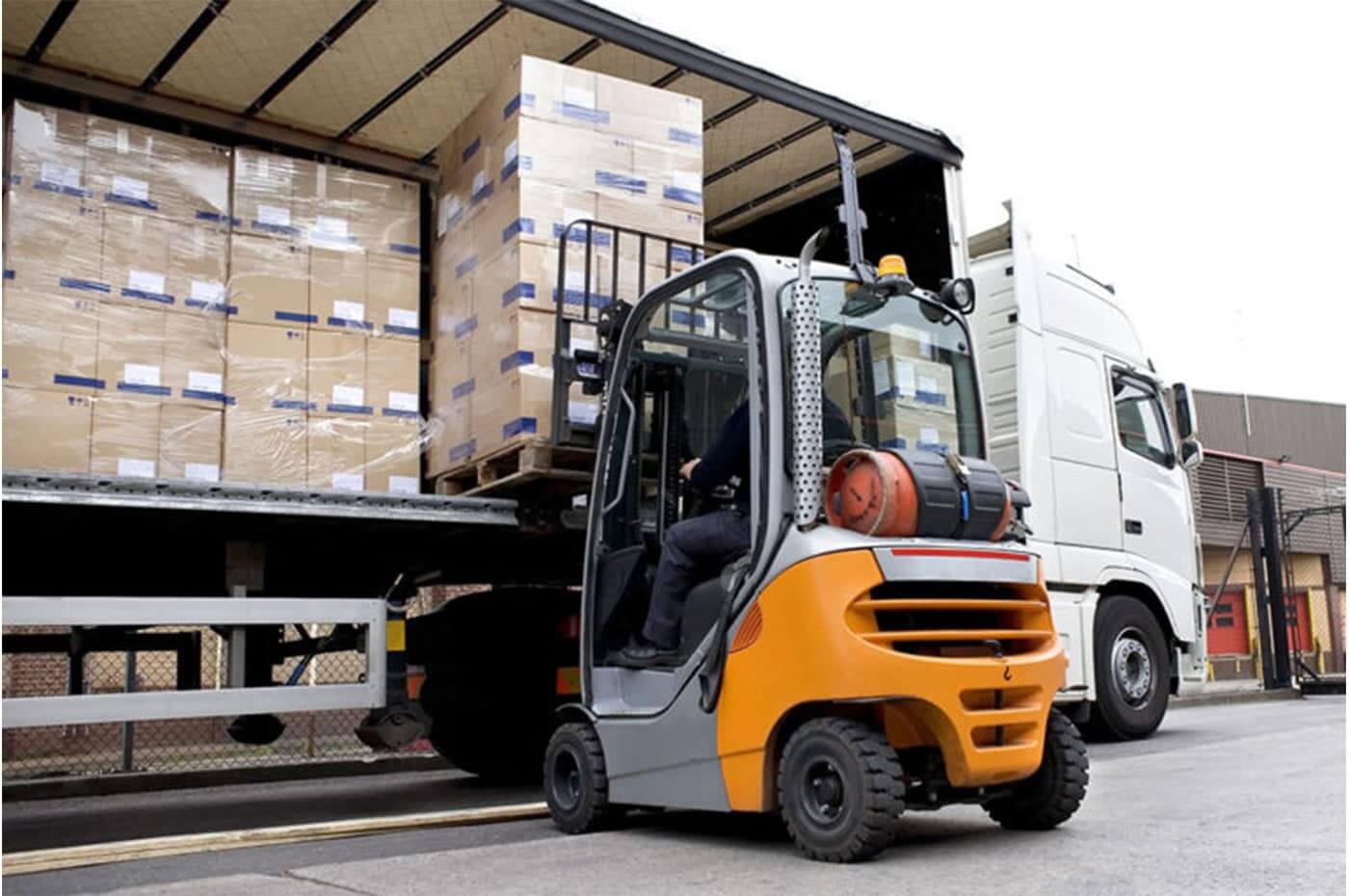


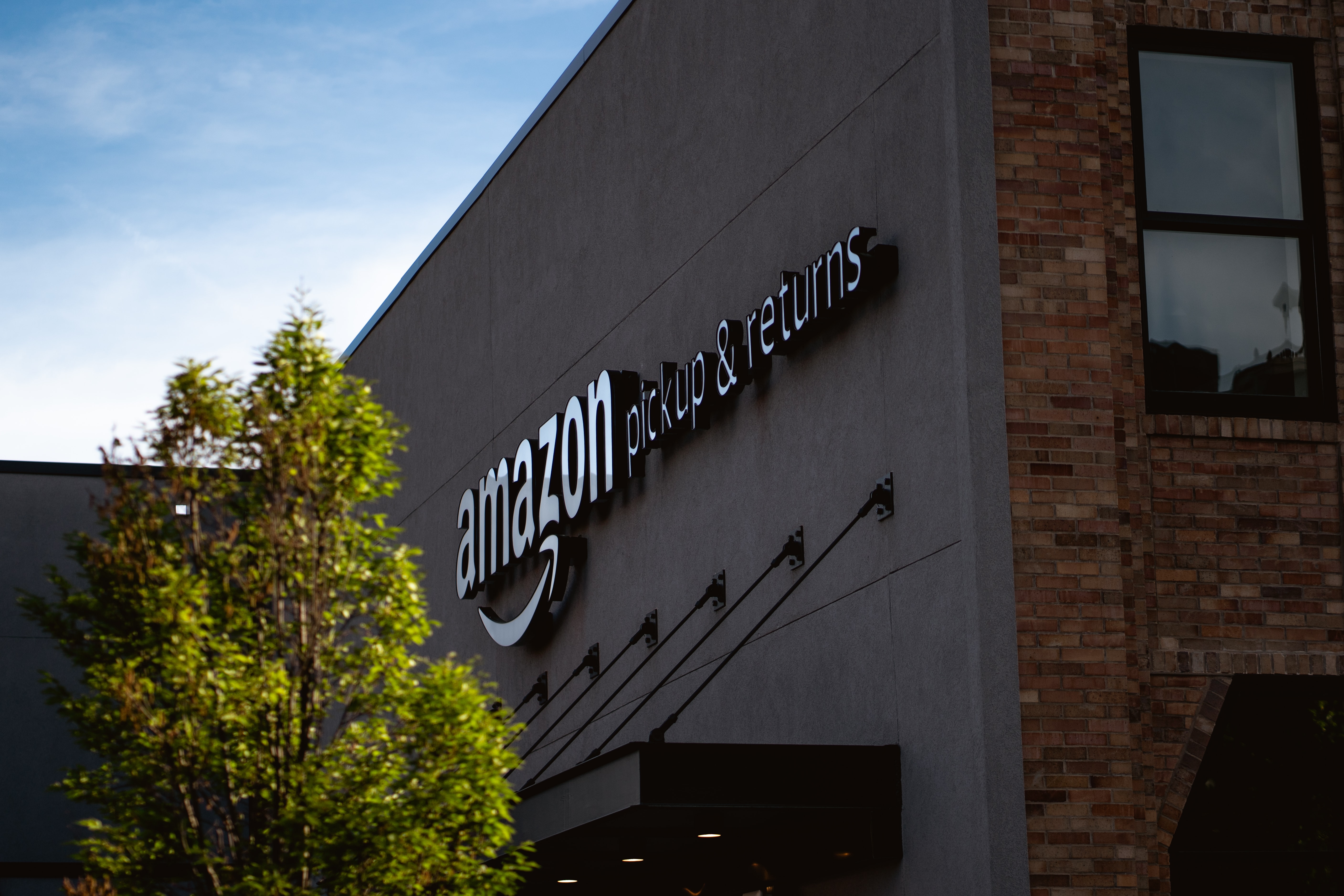

Recent Comments